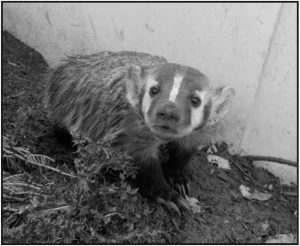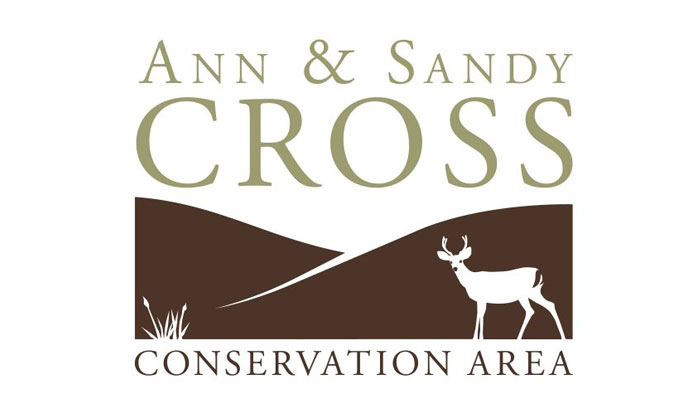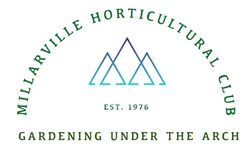New Resident Makes Their Furever Home on the Range
A new furry resident has made the Ann & Sandy Cross Conservation Area (ASCCA) their home. In collaboration with the Alberta Institute for Wildlife Conservation (AIWC), we have helped release and reintroduce this native grassland species to the conservation area. This carnivore is a member of the weasel family, Mustelidae. Can you guess what it is?
It is an American badger, Taxidea taxus!

A young male American badger was found orphaned on the roadside after his sibling and mother were killed. He was rescued and brought to the AIWC, where they began the rehabilitation process. During this time, the AIWC contacted us to ask if we could release him to the conservation area. We said yes, as the ASCCA has not had a badger on the land in over a decade! We scoured the land to find a perfect quiet spot secluded from the public and created a small burrow so he could have a place to live.
At 5:00 am on August 6, the badger was released. He took to the land right away, completely ignoring the burrow we built for him and immediately began making his own. He was ready to be on his own and live in the wild. The ASCCA will be continuing to monitor him and communicate his progress with the AIWC.
The American Badger is a medium-sized mammal with a wide, flat body. They are easily identifiable with their black-and-white facial stripes running down the sides of their cheeks and nose. They are covered in long, thick, grey- brown fur. Badgers are designed to burrow and build vast tunnel systems underground up to 3 meters deep. Their short, powerful hind legs and long white claws make them incredible diggers! People rarely see badgers as they are mainly solitary and are usually active at dusk, night and dawn.
Found mainly in open forests and grasslands, badgers play a vital role in maintaining and upkeeping our beautiful prairies. They help keep populations of small burrowing mammals under control, as they primarily prey on ground squirrels and pocket gophers. Their burrows are essential to the survival of many other species. Endangered species like the burrowing owl and swift fox use abandoned badger burrows for new nests and dens. Badger diggings also help to aerate and mix up the soil creating areas for plants to grow.
In the province of Alberta, the status of the wild American badger is “sensitive.” Due to agriculture and urbanization, habitat fragmentation has caused large sections of land to be divided into smaller, isolated patches. Specifically, this causes badgers’ territories to be separated, making it difficult for pairs to come together during the breeding season. By reintroducing a badger onto the land, we hope this will encourage other badgers to make the ASCCA their furever home too. We also hope this will inspire neighbours to embrace this species as a friend and not a foe to their homesteads.
Reanna Varga


























